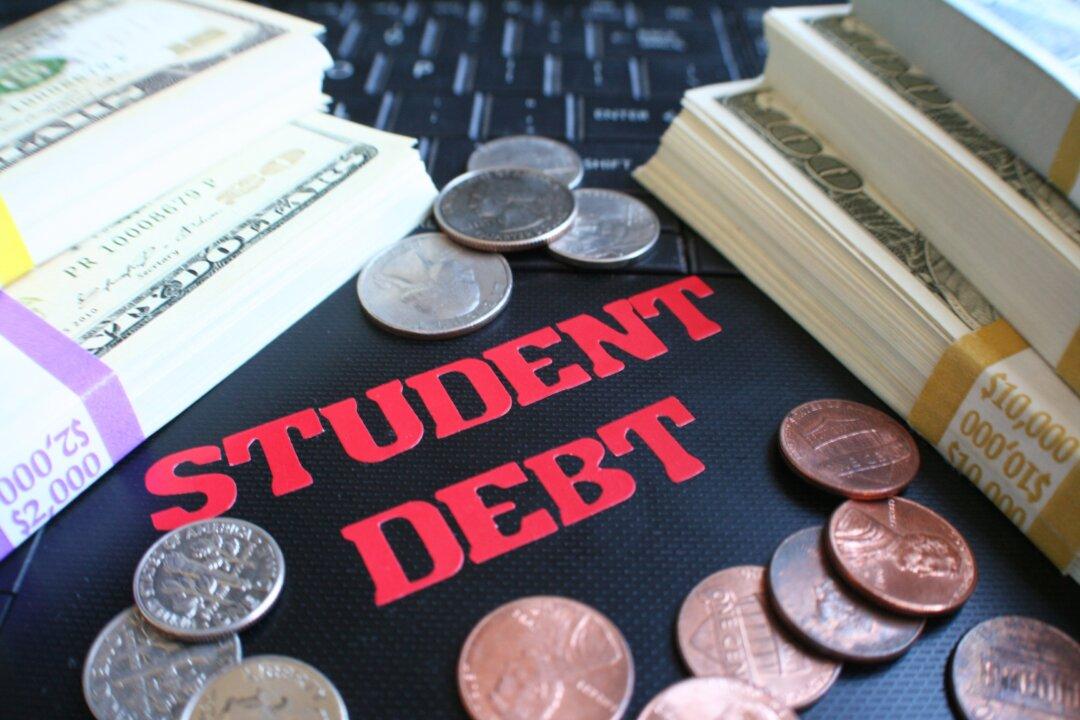With student-loan repayments resuming this fall, approximately one in five borrowers have some financial risk factor that may make them fall behind on payments, according to new research from the Consumer Financial Protection Bureau (CFPB).
Americans owe $1.77 trillion in federal and private student loan debt as of the first quarter of 2023.




